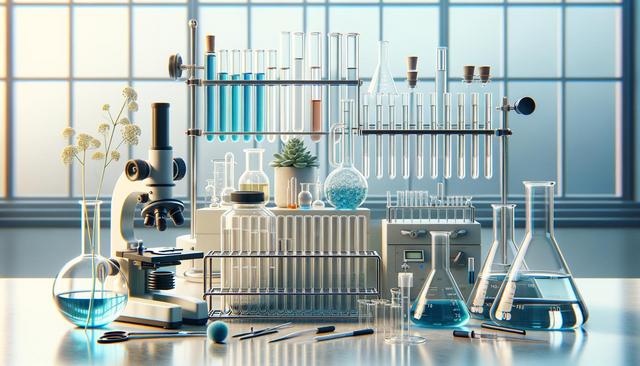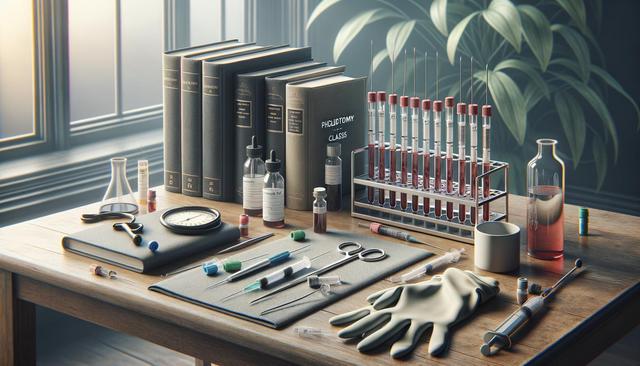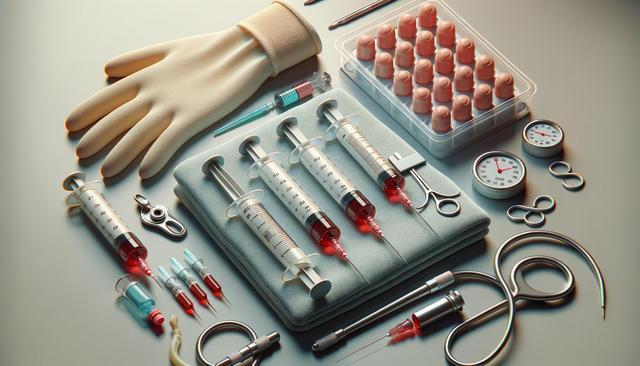Understanding Common Glassware
In any chemistry laboratory, glassware forms the foundation of most experimental setups. These items are designed to withstand high temperatures and harsh chemicals while enabling accurate measurement and observation. Among the most frequently used glassware are beakers, flasks, and test tubes. Beakers are cylindrical containers with a flat bottom, useful for stirring, mixing, and heating liquids. They come in various sizes and typically have volume markings for approximate measurements.
Flasks, such as Erlenmeyer and volumetric flasks, serve different purposes. Erlenmeyer flasks are ideal for mixing by swirling due to their conical shape, which reduces the risk of spillage. Volumetric flasks, on the other hand, are used for precise volume measurements and solution preparation. Test tubes are small cylindrical tubes used for holding small quantities of substances during reactions or heating. These basic tools are essential for both qualitative and quantitative experiments and form the backbone of chemistry lab operations.
Measuring Tools for Precision
Accurate measurement is a cornerstone of successful chemical analysis, and specialized equipment is required to ensure precision. Graduated cylinders, pipettes, and burettes are the primary tools used for this purpose. Graduated cylinders are tall, narrow cylinders marked with measurement lines, offering more accuracy than beakers when measuring liquids.
Pipettes are used to transport a measured volume of liquid, often in titration experiments. There are two main types: volumetric pipettes, which deliver a single, fixed volume, and graduated pipettes, which can measure variable volumes. Burettes are long, cylindrical tubes with a tap at the bottom, used for dispensing known volumes of a liquid, especially during titration. These tools are essential for quantitative chemical analysis, helping researchers to achieve reproducible and reliable results.
Heating and Mixing Equipment
To conduct many chemical reactions, heating and mixing are necessary steps. Chemistry labs utilize a variety of equipment for these tasks, including Bunsen burners, hot plates, and magnetic stirrers. Bunsen burners provide an open flame and are commonly used for heating substances in test tubes or flasks. They offer adjustable flame intensities, suitable for different heating requirements.
Hot plates are an alternative to open flames and are especially useful when a more controlled and even heating is needed. Magnetic stirrers often accompany hot plates to mix solutions while heating. They use a small magnetic bar placed inside the container and a rotating magnetic field to stir the liquid automatically. This combination is particularly useful for preparing solutions that require uniform heat distribution and continuous mixing. Some common tools for this purpose include:
- Bunsen burner
- Hot plate with magnetic stirrer
- Heating mantle (for round-bottom flasks)
Analytical Instruments and Their Roles
Modern chemistry labs rely heavily on analytical instruments to identify chemical substances and determine their concentrations. Spectrometers, chromatographs, and pH meters are among the most widely used. Spectrometers analyze how substances interact with light, helping to determine molecular structure and concentration. They are available in various types, such as UV-Vis, IR, and mass spectrometers, each serving specific analytical needs.
Chromatography equipment, including gas and liquid chromatographs, separates chemical mixtures into their components. This is crucial for quality control, drug testing, and environmental analysis. pH meters measure the acidity or alkalinity of a solution with high accuracy, which is essential in both research and industrial applications. These instruments provide data that are critical for drawing scientific conclusions, validating hypotheses, and ensuring compliance with safety and quality standards.
Safety and Supporting Tools
Safety is paramount in any chemistry lab, and a range of equipment is dedicated to protecting users and ensuring safe operations. Safety goggles, gloves, and lab coats are standard personal protective equipment (PPE) that help prevent exposure to harmful substances. Additionally, fume hoods are installed to ventilate hazardous vapors and prevent inhalation of toxic chemicals.
Supporting tools such as clamps, stands, and tongs also play vital roles. Clamps and stands hold glassware and instruments in place during experiments, ensuring stability and reducing the risk of accidents. Tongs and heat-resistant gloves are used to handle hot glassware or hazardous materials safely. Moreover, proper waste disposal containers and first aid kits are essential features of a responsible lab environment. These tools collectively contribute to a well-functioning and secure chemistry lab setup.
Conclusion
For students, researchers, and professionals working in chemistry, having a clear understanding of essential lab equipment and their functions is invaluable. Each tool, from simple beakers to advanced spectrometers, plays a specific role in facilitating accurate and safe scientific work. By familiarizing oneself with the purpose and proper use of these instruments, users can enhance both the efficiency and safety of their experimental procedures. Whether in educational settings or professional research labs, well-chosen and well-maintained equipment forms the backbone of successful chemical exploration.




Leave a Reply